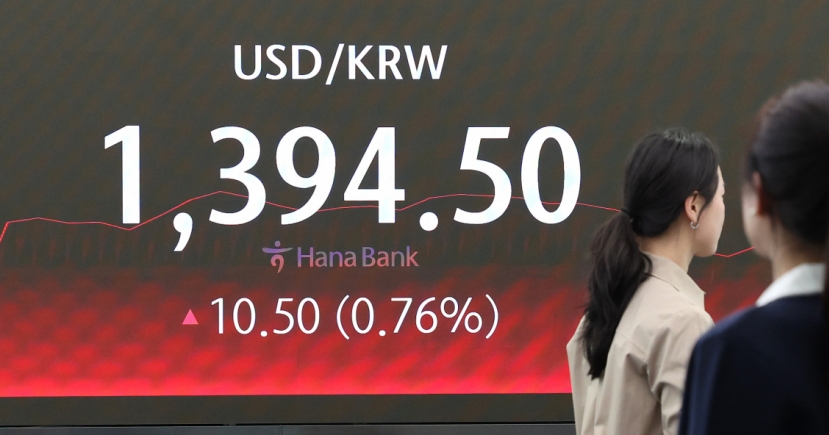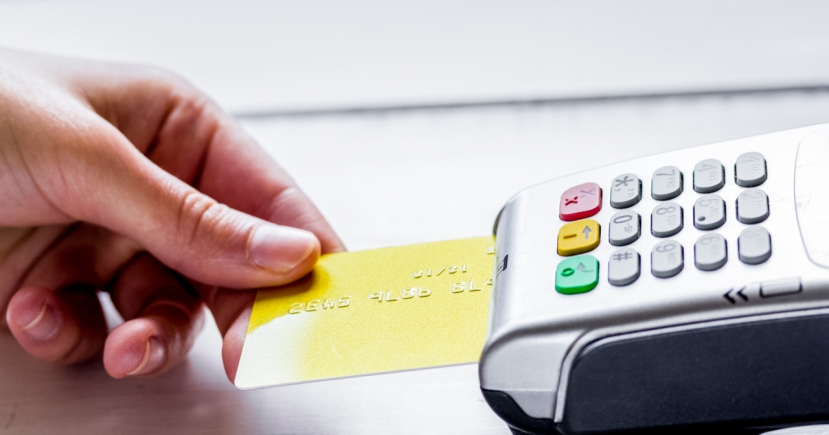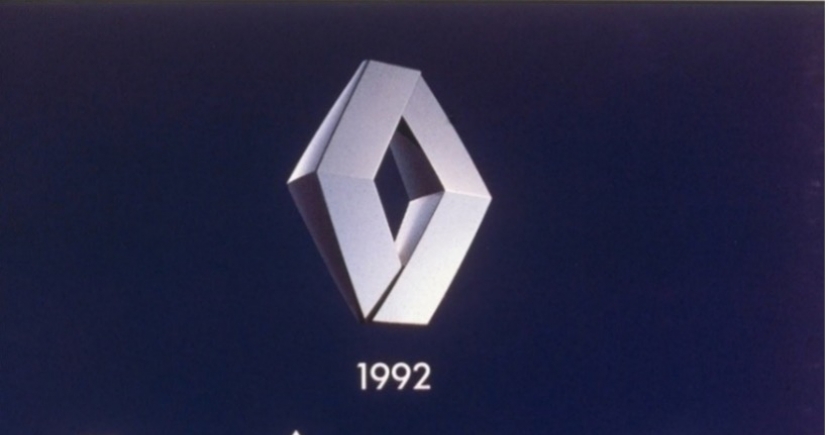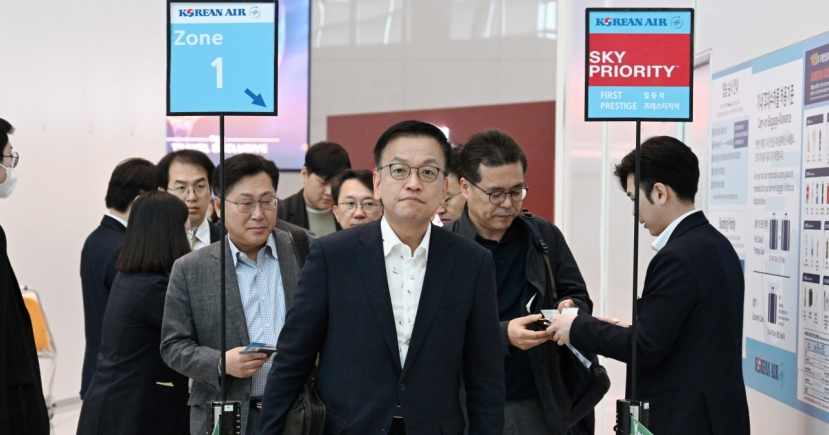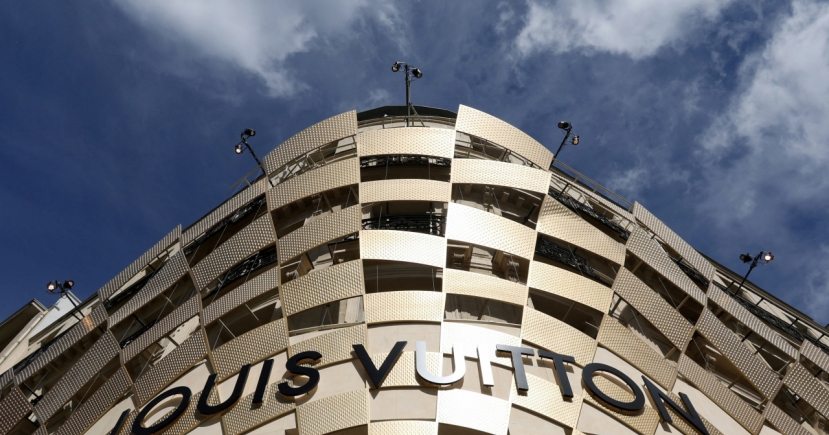Market Now
[BOX] Why hydrogen stations in Korea have only 1 charger
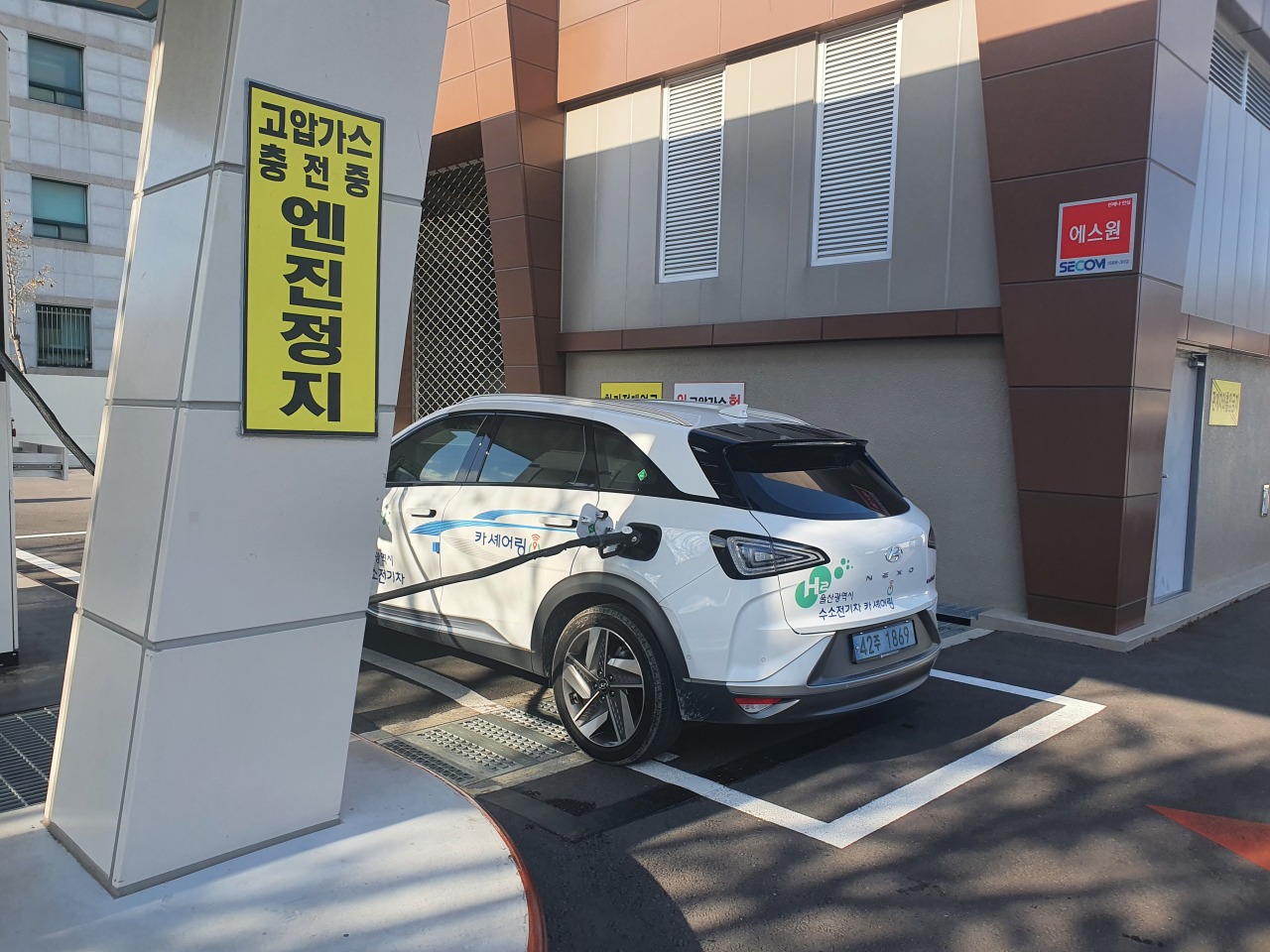 |
A Nexo hydrogen SUV is refilled at a hydrogen charging station in Ulsan on Friday. (Kim Byung-wook/The Korea Herald) |
ULSAN -- Through a 1.8-kilometer underground pipeline, hydrogen compressed by pressure 20 times greater than normal atmosphere flows to a remote hydrogen filling station in Ulsan, a port city located on the southeast coast of the Korean Peninsula.
Completed in December last year, the facility is the pride of Ulsan, as it stands as South Korea’s first hydrogen fueling station directly connected to an underground pipeline, bringing waste hydrogen from nearby petrochemical facilities and pumping it to 50-60 hydrogen vehicles per day.
But something was off about the place. Despite the vast size of the facility, there was only one charger in the center, which was odd, considering multiple dispensers are installed at gas stations, and would obviously be less efficient in terms of time and cost.
The facility ended up with just one charger because of regulatory hurdles and limitation of state funds, said Ulsan officials who accompanied reporters at a press tour arranged by the Korea Energy Information Culture Agency on Dec. 3.
“The Environment Ministry practically allows just one charger per station so that it can increase the number of stations,” In Jeong-seuk, an official at the energy industry division of Ulsan, told dozens of reporters.
According to In, it costs around 3 billion won ($2.5 million) to build a hydrogen fueling station with one charger. The environment ministry covers half the costs by offering subsidies of up to 1.5 billion won.
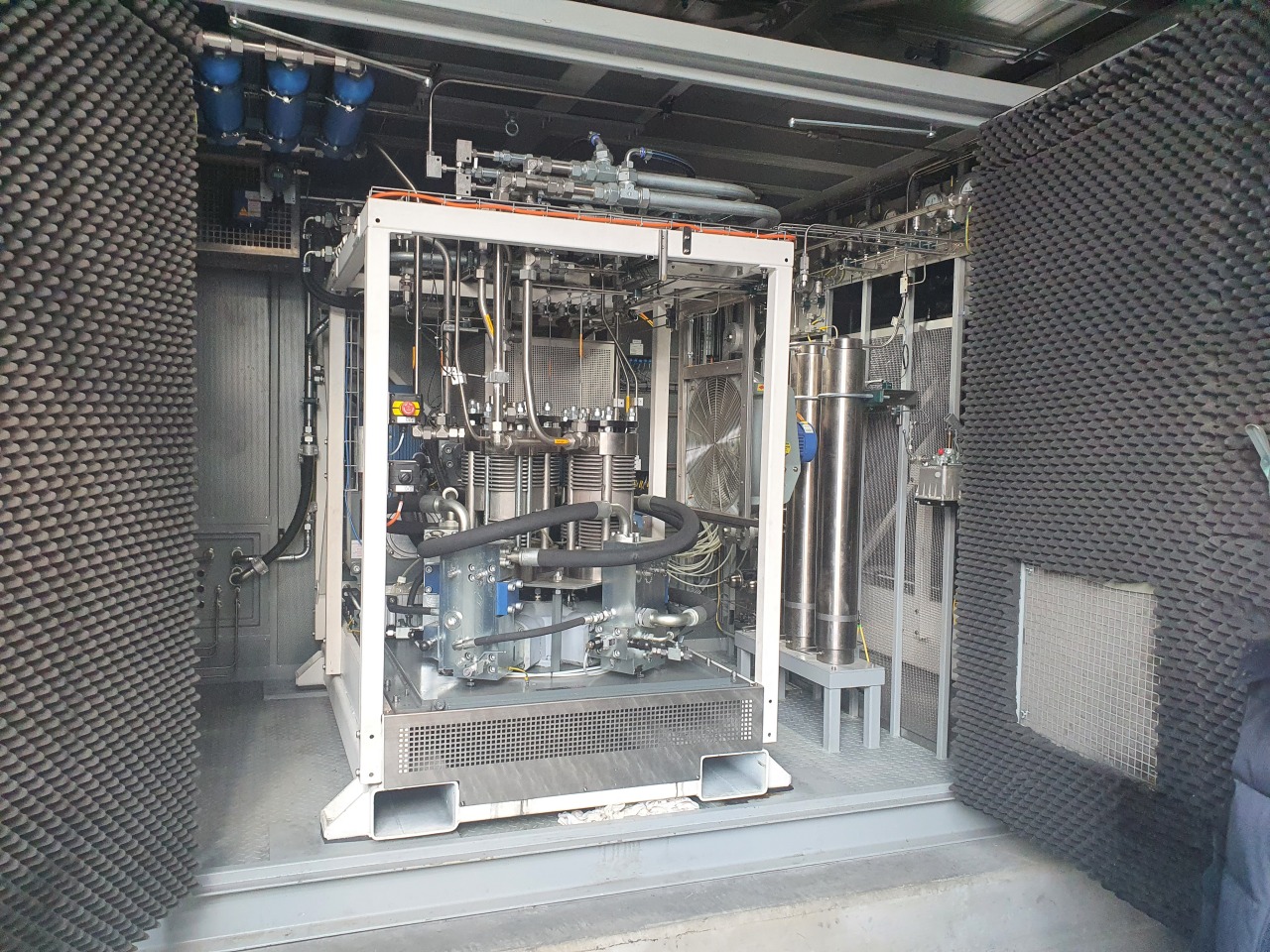 |
A compressor at a hydrogen charging station in Ulsan (Kim Byung-wook/The Korea Herald) |
The catch is, whether it’s one, two or three chargers, subsidies stay the same -- a maximum of 1.5 billion won. Other supporting equipment such as a compressor are too expensive to buy without the help of state subsidies, so only one charger ends up being installed.
“If four hydrogen vehicles are waiting in the line, a charger can fuel the first three cars in 15 minutes, each taking five minutes. But the fourth car will have to wait another 15 minutes for the charger to reset,” In said.
“Because there’s one charger, profits are limited. Most of the hydrogen fueling stations in South Korea are in deficit.”
When it comes to the state’s subsidy program, hydrogen fueling stations do not get the same treatment as electric vehicle charging stations do, the official said.
According to In, the government gave EV charging stations a 60 percent discount on electricity in the early stages of their rollout. Hydrogen filling stations, which consume a significant amount of electricity to keep hydrogen chilled and compressed at all times, received none.
“This hydrogen charging station, for instance, pays 5 million won in electricity bills per month. We’re barely making ends meet. We can’t even use industrial electricity, which is 15 percent cheaper than general electricity.”
The industry has called on the government to establish an independent electricity pricing system dedicated to hydrogen filling stations, but the government is reluctant to do so, as it is already spending funds on EV chargers, In said.
“If someone has a land this big, why would he build a hydrogen fueling station when he can do something else?” said In.
Under the pangovernmental hydrogen blueprint announced in November, Korea’s target is to build 310 hydrogen fueling stations by next year, 660 in 2030, 1,200 in 2040 and 2,000 in 2050. There are currently 100 hydrogen fueling stations nationwide, but only 28-30 of them are operational, according to Lee Ho-geun, professor of automotive engineering at Daeduk University.
By Kim Byung-wook (kbw@heraldcorp.com)


